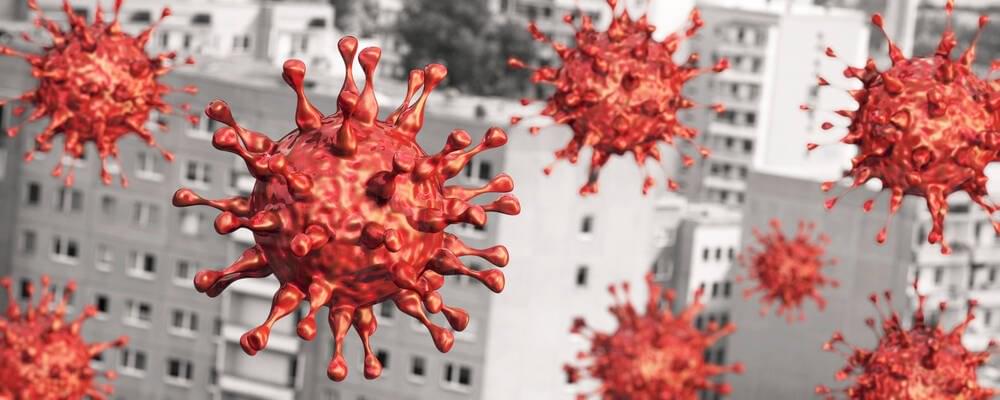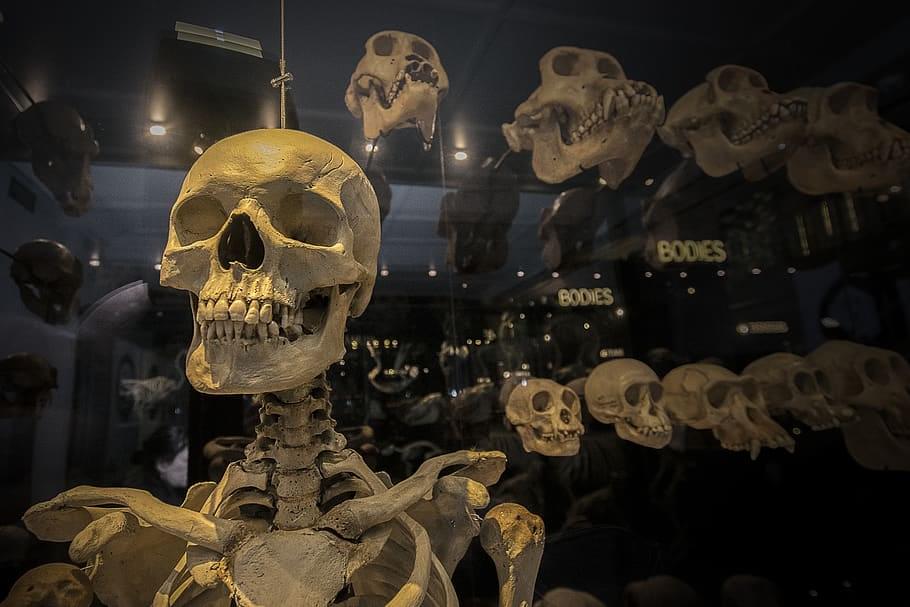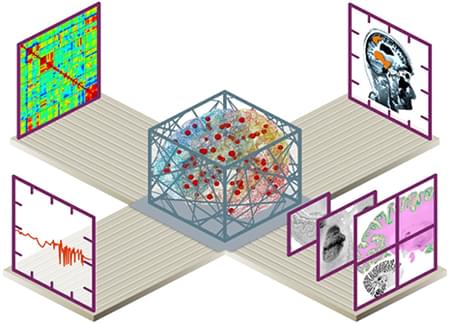Senolytics are an emerging class of drugs designed to target zombie-like cells that have stopped dividing and build up in the body as we age, and the past few years have seen some exciting discoveries that demonstrate their potential. Adding another to the list are Mayo Clinic researchers, who have shown that these drugs can protect against aging and its related diseases, by acting on a protein long associated with longevity.
The zombie-like cells involved in this research are known as senescent cells, and their accumulation during aging is associated with a range of diseases. Recent studies have shown that using senolytics to clear them out could serve as new and effective treatments for dementia and diabetes, and also improve health and lifespan more broadly.
The Mayo Clinic team were exploring how senolytics can influence levels of a protein called a-klotho, known to help protect older people from the effects of aging. The role of this protein in the aging process is well established and has placed it at the center of much research in this space, with studies demonstrating how it could help reverse osteoarthritis and regenerate old muscles.









